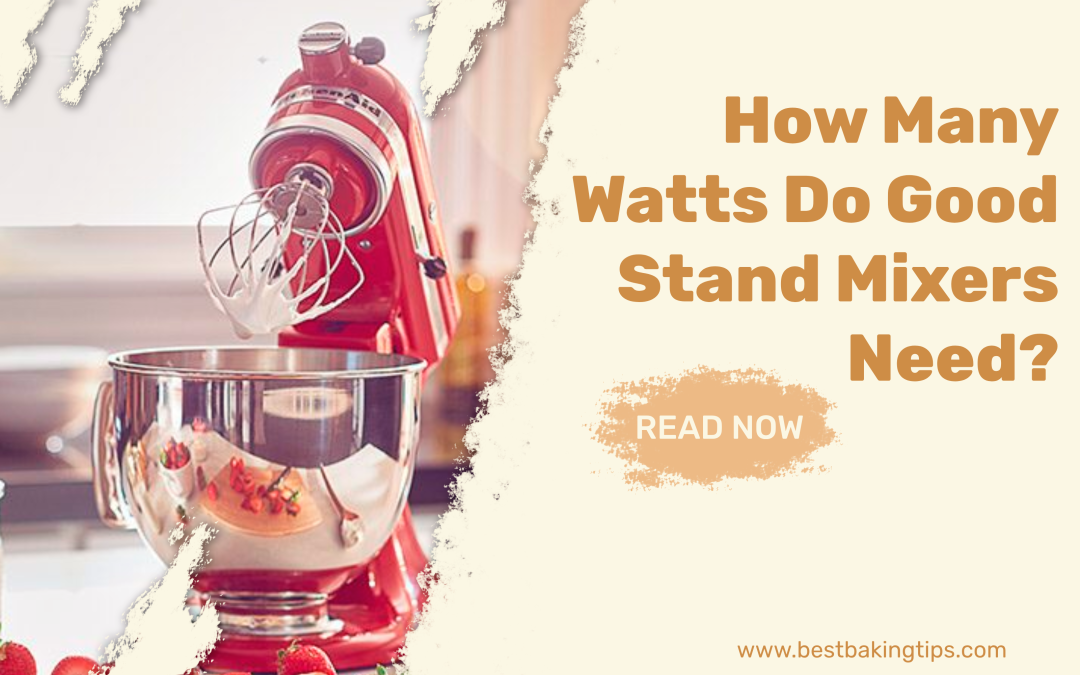==================
Affiliate Statement
Best Baking Tips is supported by our audience. When you purchase through one of our links, we may earn a small affiliate commission. As an Amazon Associate I earn from qualifying purchases. Your cost is not affected.
==================
Are you struggling to choose the right stand mixer for your baking needs? Wattage is key. Learn how many watts good stand mixers need for everything from light whisking to heavy dough mixing, ensuring you make the best choice for your kitchen. Enjoy reading!
StartThe Ultimate Guide to KitchenAid Mixer Watts: How Many Do You Really Need?
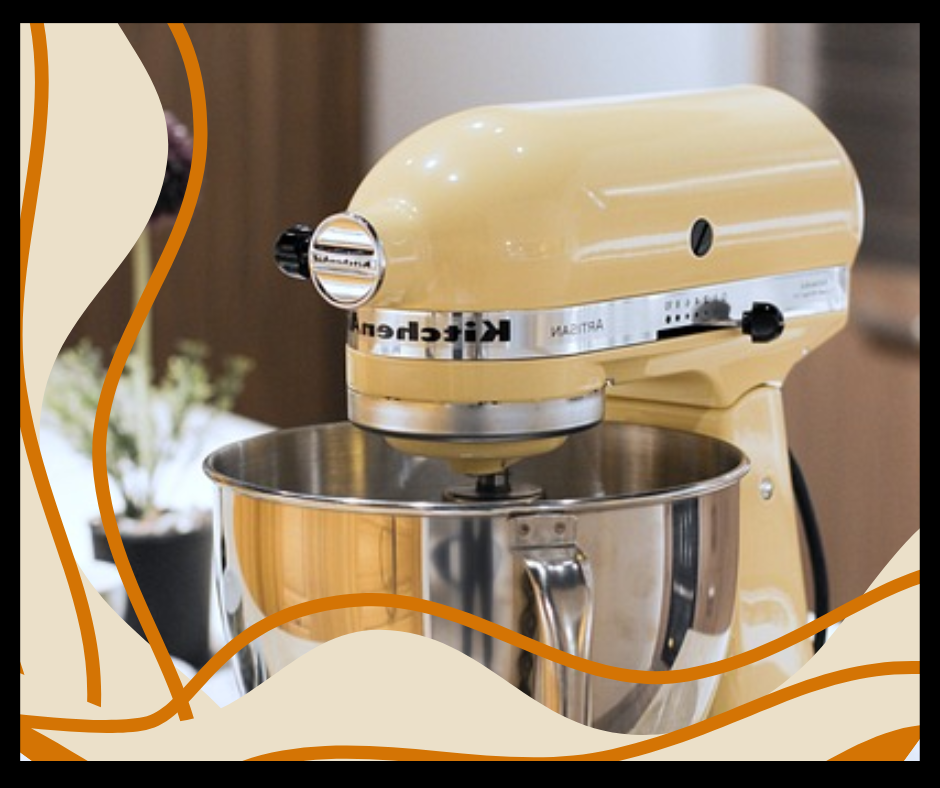
KitchenAid stand mixers are a staple in many kitchens and for good reason. They are versatile, durable, and powerful. However, one factor that can often be confusing when choosing a KitchenAid mixer is the wattage.
How many watts do you really need? In this ultimate guide, we will explore the ins and outs of KitchenAid mixer wattage and help you choose the perfect mixer for your needs.
Introduction to KitchenAid Mixers

KitchenAid mixers have been a beloved appliance in homes for over 100 years. They are known for their iconic design, high-quality materials, and powerful motors. Whether you’re a professional chef or a home cook, a KitchenAid mixer can make your life in the kitchen easier and more enjoyable.
We like that the KitchenAid mixers come in a range of sizes and styles, from the classic tilt-head design to the larger bowl-lift models. Not every kitchen needs the bowl lift stand mixers and their higher power knead spiral dough hook.
In fact, beginning cooks might prefer one of the small tilt-head stand mixers. These often fit the needs of smaller families and those who don’t use their stand mixer as often.
The KitchenAid stand mixers also come in a variety of colors to match any kitchen decor. With so many options, it might seem overwhelming to choose the right one. That’s where understanding the wattage comes in.
What are Watts and Why Do They Matter?
Watts are a measure of power, specifically the rate at which energy is transferred. In the case of KitchenAid mixers, watts refer to the power of the motor. The higher the wattage, the more powerful the motor and the more efficient the mixer will be at mixing, kneading, and whipping.
While wattage isn’t the only factor to consider when choosing a KitchenAid mixer, it is important. A mixer with a higher wattage will be able to handle tougher doughs and mixtures more easily and will generally last longer than a mixer with a lower wattage.
KitchenAid Mixer Wattage – What You Need to Know
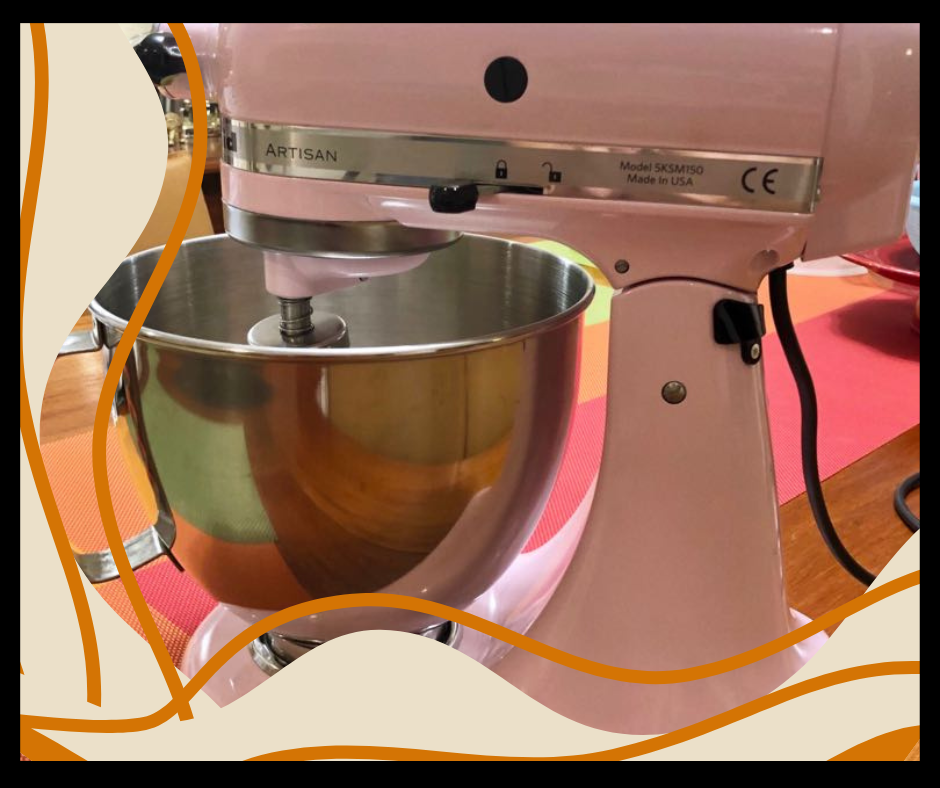
KitchenAid mixers come in various wattages, from 250 to 1000 watts. The wattage you need will depend on what you plan to use the mixer for.
If you only plan on using it for light mixing tasks like whipping cream or mixing cake batter, a lower-wattage mixer will do the job just fine. However, if you plan on using your mixer for more heavy-duty tasks like kneading bread dough or making pasta, you’ll want a higher-wattage mixer.
It’s important to note that higher-wattage mixers will also be more expensive. If you’re on a budget and don’t plan on using your mixer for heavy-duty tasks, a lower-wattage mixer will be a more cost-effective option.
How Many Watts is a KitchenAid Mixer?
The wattage of a KitchenAid mixer will depend on the model you choose. The classic tilt-head KitchenAid mixer comes in a range of wattages, from 250 watts to 575 watts. The larger bowl-lift models come in even higher wattages, with some models reaching up to 1000 watts.
KitchenAid Mixer Models and their Wattage
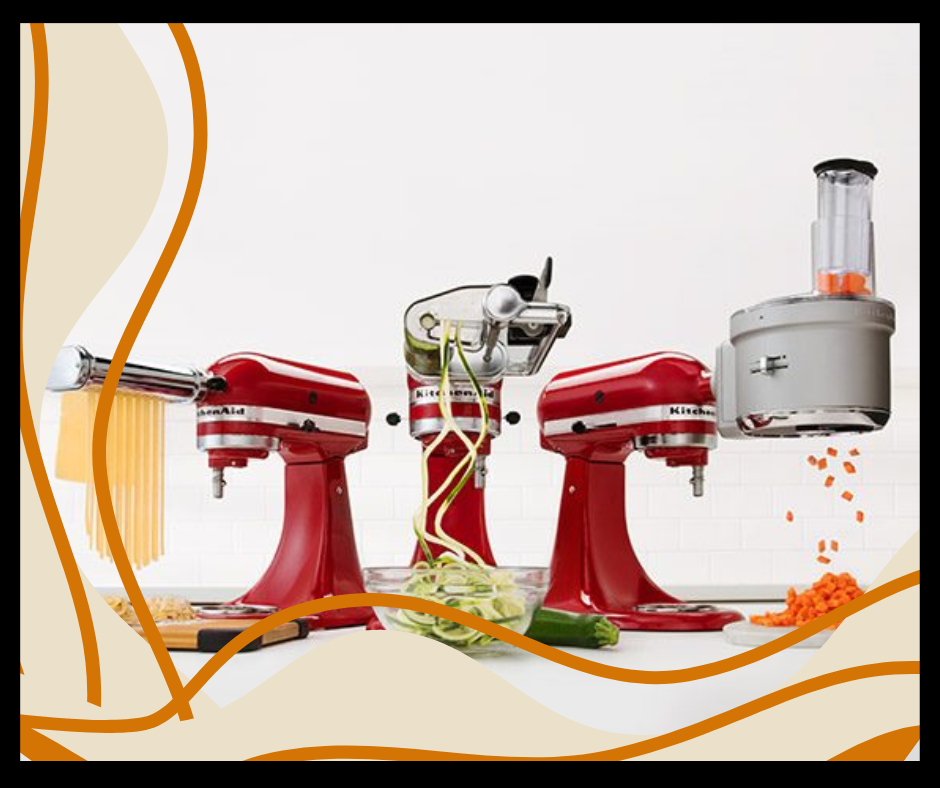
Here are some of the most popular KitchenAid mixer models and their wattages:
- KitchenAid Classic Series 4.5-Quart Tilt-Head Stand Mixer: 250 watts
- KitchenAid Artisan Series 5-Quart Tilt-Head Stand Mixer: 325 watts
- KitchenAid Professional 600 Series 6-Quart Bowl-Lift Stand Mixer: 575 watts
- KitchenAid Pro 6000 HD 6-Quart Bowl-Lift Stand Mixer: 1,000 watts
As you can see, the wattage of KitchenAid mixers varies greatly depending on the model you choose. Choosing a model with a wattage that matches your needs is important.
Choosing the Right Wattage for Your Needs
When choosing a KitchenAid mixer, it’s important to consider what you plan to use it for. A lower-wattage mixer will be sufficient if you only plan on using it for light mixing tasks. However, if you plan on using your mixer for heavy-duty tasks like kneading bread dough or making pasta, you’ll want a higher-wattage mixer.

It’s also important to consider how often you plan on using your mixer. If you plan on using it frequently, a higher-wattage mixer will be more durable and last longer. If you only plan on using it occasionally, a lower-wattage mixer will be a more cost-effective option.
Other Factors to Consider When Buying a KitchenAid Mixer
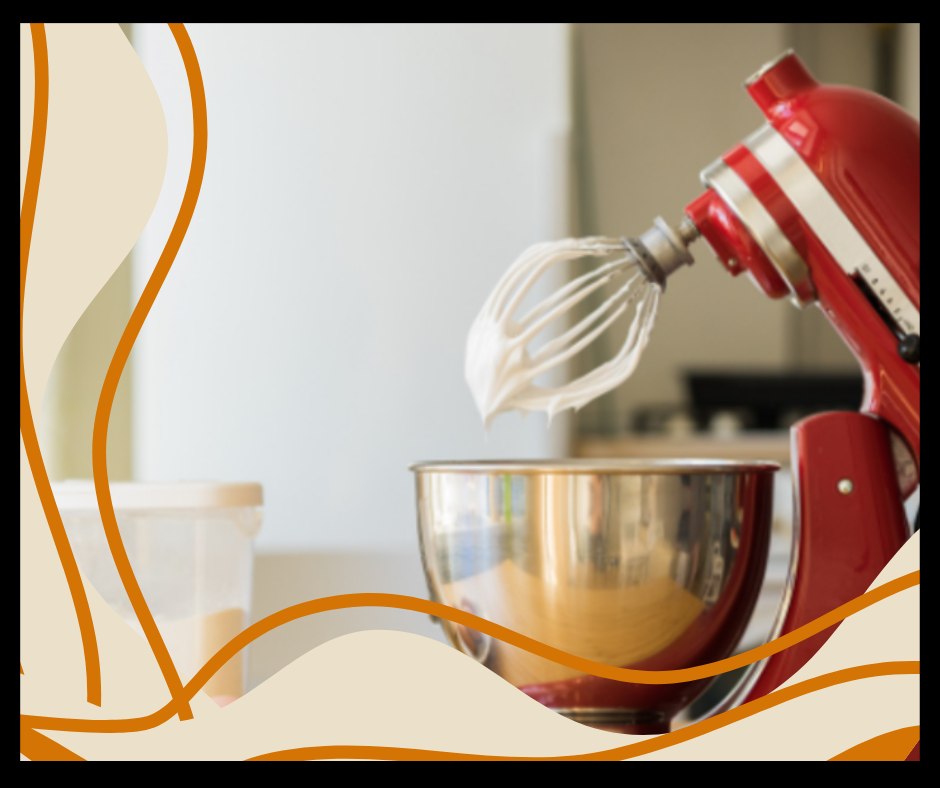
While wattage is an important factor to consider when buying a KitchenAid mixer, it’s not the only one. Here are some other factors to keep in mind:
- Size: KitchenAid mixers come in a range of sizes, from the compact 3.5-quart size to the larger 7-quart size. Consider how much counter space you have and how much you plan on making when choosing a size.
- Speeds: Stand mixers come with a range of speeds from 3 to 10. Consider how much control you need when mixing and what recipes you’ll make.
- Attachments: KitchenAid mixers come with a range of attachments, from a dough hook to a pasta maker. Consider what types of recipes you plan on making and what attachments you’ll need.
KitchenAid Mixer Attachments and Their Impact on Wattage
It’s important to note that the attachments you use with your KitchenAid mixer can also impact the wattage you need. For example, using a dough hook to knead bread dough will require more power than using a wire whip to make whipped cream.
If you plan on using your mixer for a variety of tasks, consider investing in a higher-wattage model to ensure it can handle all the attachments you plan on using.

How the Attachments Affect
KitchenAid mixer attachments can impact wattage in a few ways. First, some attachments require more power than others. For example, the KitchenAid pasta maker requires 350 watts of power, while the KitchenAid meat grinder requires 500 watts of power.
Second, the speed at which an attachment is used can also impact wattage. For example, the KitchenAid stand mixer has a 10-speed setting, and the higher the speed, the more power is required.
Finally, the amount of material being mixed can also impact wattage. For example, mixing a small batch of dough will require less power than mixing a large batch of dough.
KitchenAid mixer attachments that require more power will generally have a higher wattage rating. For example, the KitchenAid pasta maker has a wattage rating of 350 watts, while the KitchenAid meat grinder has a wattage rating of 500 watts.
NOTE: Vegans and vegetarians also find plenty of uses for the meat grinder attachment. See this Vegan Chikpea Burger Recipe by Kitchenaid.uk
It is important to note that the wattage rating of a KitchenAid mixer attachment is not the only factor that determines how much power is required. The speed at which the attachment is used and the amount of material being mixed also play a role.
An example of this is mixing bread dough. In most cases, you need to use only speeds 1 and 2 on your stand mixer with the dough hook attached. It might seem slow, but Kitchenaid stand mixers work best for heavy kneading at these speeds.
When choosing a KitchenAid mixer attachment, it is important to consider the wattage rating and the other factors that will affect power consumption. This will help you choose an attachment that is the right fit for your needs.
Here are some additional tips for choosing a KitchenAid mixer attachment:
- Consider the type of tasks you will be using the attachment for. Some attachments are designed for tasks such as kneading dough or grinding meat.
- Consider the size of your KitchenAid mixer. Not all attachments are compatible with all mixers.
- Consider the price of the attachment. Attachments can range in price from a few dollars to several hundred dollars. Most attachments work with all KitchenAid stand mixers, but be sure to check before purchasing.
KitchenAid Artisan Mixer – Watts and Dimensions
The KitchenAid Artisan mixer is one of the most popular KitchenAid mixer models. It comes in a range of colors and has a 5-quart bowl capacity. The Artisan mixer has a wattage of 325, which makes it a good choice for light to medium mixing tasks.
In addition to wattage, it’s also important to consider the dimensions of the Artisan mixer. It measures 13.9 inches in height, 14.1 inches in depth, and 8.7 inches in width. Ensure you have enough counter space to accommodate the mixer before purchasing.
Comparing KitchenAid Mixer Wattage to Other Stand Mixers
While KitchenAid mixers are popular, they are not the only stand mixers on the market. Other popular brands include Cuisinart, Breville, and Hamilton Beach. When comparing wattage between different stand mixers, it’s important to consider the size and style of the mixer as well.
For example, the Breville BEM825BAL Stand Mixer has a wattage of 550, which is similar to the KitchenAid Professional 600 Series. However, the Breville mixer has a larger bowl capacity and a higher price point.
Choosing the Perfect KitchenAid Mixer for You
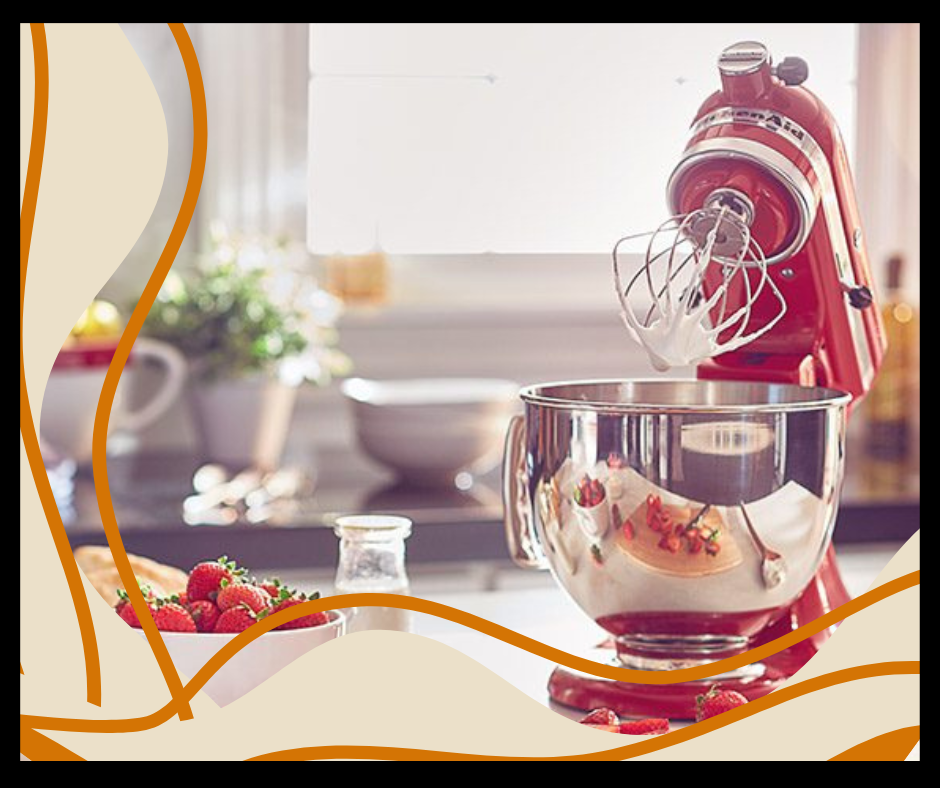
When it comes to choosing a KitchenAid mixer, there is no one-size-fits-all solution. The wattage you need will depend on what you plan to use the mixer for and how often you plan on using it. It’s also important to consider other factors like size, speed, and attachments.
If you’re on a budget and only plan to use your mixer for light mixing tasks, a lower-wattage model will be more cost-effective. However, investing in a higher-wattage model will be worth the extra cost if you plan on using your mixer frequently and for heavy-duty tasks.
No matter which KitchenAid mixer you choose, you can rest assured that you are getting a high-quality appliance that will last for years to come. Happy mixing!
Wrapping It Up
Selecting the right wattage for a stand mixer is crucial for both efficiency and functionality. Stand mixers typically range from 250 to 1000 watts.
For casual bakers, 250-300 watts is sufficient. However, for more intensive baking and thicker doughs, 500 watts or higher is recommended.
Remember, higher wattage ensures more power and versatility but also comes with a higher price tag. Ultimately, the best choice depends on your specific baking needs and budget.
Frequently Asked Questions
What is the ideal wattage for casual baking?
For casual baking, such as mixing cake batter or whipping cream, a mixer with 250-300 watts is usually sufficient. This range provides enough power for most basic baking needs.
Do higher-wattage mixers handle dough better?
Yes, 500 watts or more mixers are generally better for handling thicker, heavier doughs like bread or pizza dough. They offer more power and durability for these tougher tasks.
Can low-wattage mixers knead bread dough?
Low-wattage mixers (around 250 watts) can knead bread dough but may struggle with consistency and efficiency. For regular bread making, a mixer with higher wattage is recommended.
Does higher wattage mean better quality?
Higher wattage often means more power and versatility but not always better overall quality. It’s important to consider other factors like build quality, brand reputation, and features.
Are high-wattage mixers more expensive?
Generally, higher-wattage mixers are more expensive due to their increased power and capabilities. However, the price also depends on the mixer’s brand, features, and overall build quality.
Let’s Bake Together!
Uncover the magic of baking at its finest!
Follow us on Facebook, Instagram, and Twitter for mouthwatering images, recipe reviews, and an enthusiastic community that celebrates the delight of baking.
Facebook: https://www.facebook.com/bestbakingtip
Instagram: https://www.facebook.com/bestbakingtip
Twitter: https://twitter.com/bestbakingtips
Let’s create sweet wonders together!

